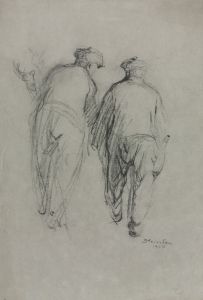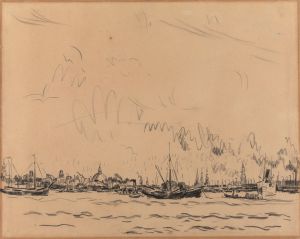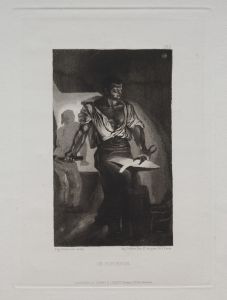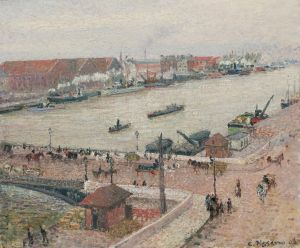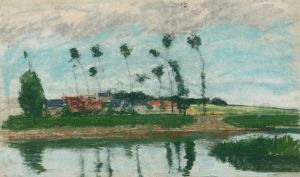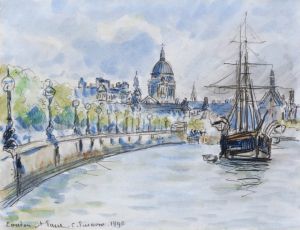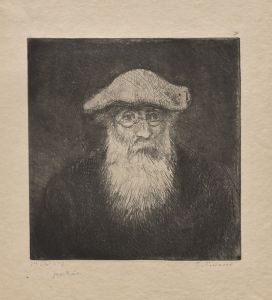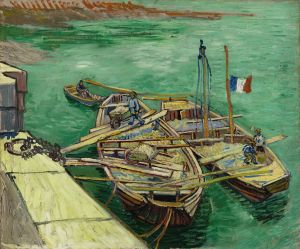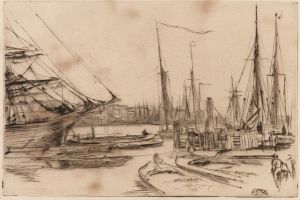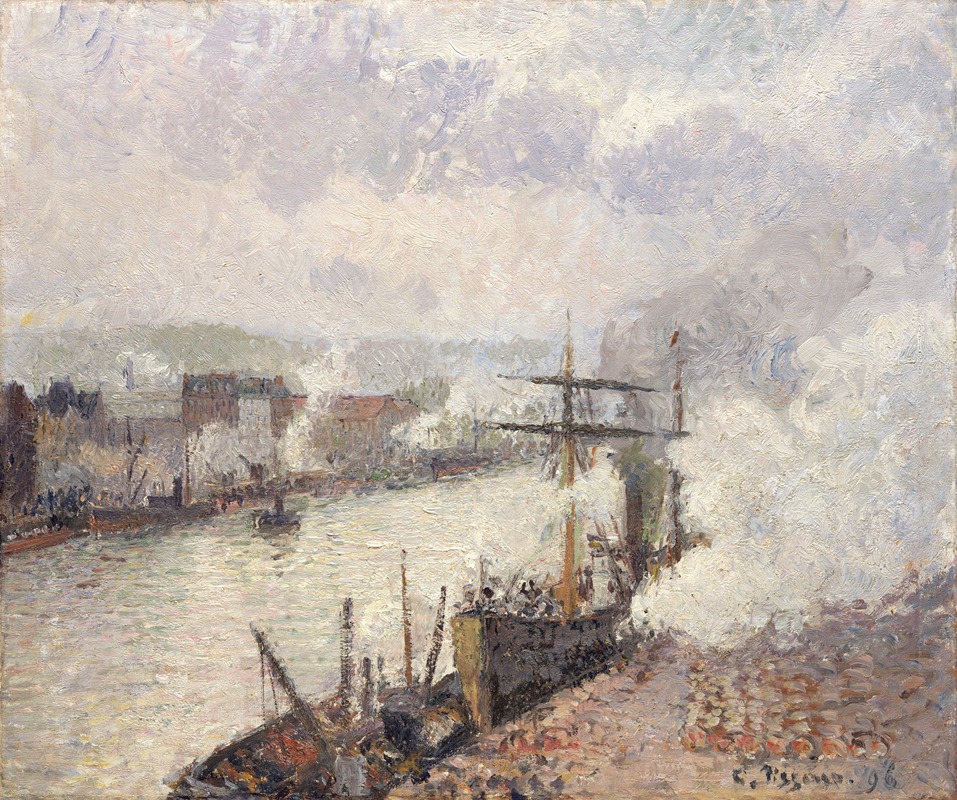
Steamboats in the Port of Rouen
A hand-painted replica of Camille Pissarro’s masterpiece Steamboats in the Port of Rouen, meticulously crafted by professional artists to capture the true essence of the original. Each piece is created with museum-quality canvas and rare mineral pigments, carefully painted by experienced artists with delicate brushstrokes and rich, layered colors to perfectly recreate the texture of the original artwork. Unlike machine-printed reproductions, this hand-painted version brings the painting to life, infused with the artist’s emotions and skill in every stroke. Whether for personal collection or home decoration, it instantly elevates the artistic atmosphere of any space.
"Steamboats in the Port of Rouen" is a painting by the renowned French artist Camille Pissarro, completed in 1896. Pissarro, a pivotal figure in the Impressionist movement, is celebrated for his ability to capture the nuances of light and atmosphere in his landscapes and urban scenes. This particular work exemplifies his interest in modernity and the bustling life of industrial ports during the late 19th century.
The painting depicts the port of Rouen, a significant commercial hub in Normandy, France. Rouen's port was a vital center for trade and industry, particularly during the Industrial Revolution, when steam-powered vessels became increasingly prominent. Pissarro's choice of subject reflects his fascination with the changes brought about by industrialization and the impact of these changes on the landscape and society.
In "Steamboats in the Port of Rouen," Pissarro captures the dynamic and vibrant atmosphere of the port. The composition is characterized by a busy scene with steamships docked along the quay, their smokestacks emitting plumes of smoke that blend into the sky. The painting's perspective offers a view of the bustling activity, with workers and goods visible on the docks, emphasizing the port's role as a center of commerce and trade.
Pissarro's technique in this painting is emblematic of his Impressionist style. He employs loose brushwork and a light palette to convey the effects of natural light and the transient nature of the scene. The use of color and light is particularly effective in capturing the reflections on the water and the interplay of shadows and highlights, which add depth and movement to the composition.
The painting is also notable for its depiction of modernity. The presence of steamboats, a relatively new technology at the time, underscores the theme of industrial progress. Pissarro was known for his interest in contemporary life and often chose subjects that reflected the changes occurring in society. By focusing on the port of Rouen, he not only documents a specific location but also comments on the broader transformations of the era.
"Steamboats in the Port of Rouen" is part of a series of works Pissarro created during his visits to Rouen in the 1890s. These paintings collectively explore the city's industrial landscape and its integration with the natural environment. Pissarro's Rouen series is appreciated for its insightful portrayal of urban and industrial themes, as well as its technical mastery.
Today, "Steamboats in the Port of Rouen" is held in high regard as an example of Pissarro's mature work. It is housed in various collections, with some pieces from the series displayed in prominent museums around the world. The painting continues to be studied and admired for its artistic qualities and its reflection of the socio-economic changes of the late 19th century.
In summary, Camille Pissarro's "Steamboats in the Port of Rouen" is a significant work that captures the essence of a transformative period in history. Through his Impressionist lens, Pissarro offers a vivid portrayal of the industrial age, highlighting the interplay between technology, commerce, and the natural world.






